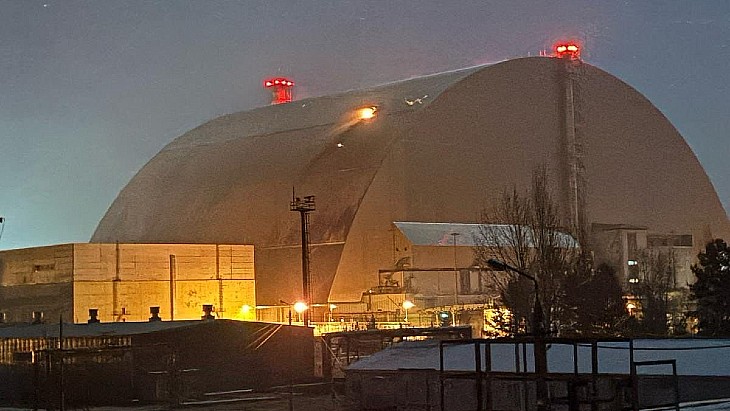Wisconsin-based medical isotope producer Shine and IOCB Prague on 15 May announced they had entered into an intellectual property licence for the separation technique developed by the team of Miloslav Polášek, head of IOCB Prague's Coordination Chemistry Research Group.
"Separation of rare earth elements is notoriously difficult, particularly if they are radioactive and must be extremely pure," Polášek said. "Our technology was developed specifically for this purpose and has the potential to improve the speed and scale of Lu-177 production."
Lu-177 is used as a gamma emitter for imaging and as a beta emitter for targeted radiotherapy on small tumours such as endocrine tumours. Although a short-lived radioisotope, its half-life of just under seven days is long enough to allow sophisticated preparation for use. It is usually produced by neutron activation of natural or enriched lutetium-176 targets.
The IOCB separation method will allow Shine to rapidly and efficiently separate Lu-177 from irradiated ytterbium-176 (Yb-176) targets, producing a highly concentrated Lu-177 product known as "non-carrier-added" or "high-specific-activity" Lu-177, the company said. Shine is also pursuing the ability to create its own Yb-176 starting material.
Lu-177 is one of a variety of medical radioisotopes that Shine intends to produce at its US medical isotope production facility in Janesville, Wisconsin, where a groundbreaking ceremony took place on 9 May. Commercial production of isotopes, including molybdenum-99, is scheduled to begin in 2021. Shine's technology uses a low-energy, accelerator-based neutron source rather than a nuclear reactor. As well as molybdenum-99 - used in hospitals to produce the technetium-99m employed in around 80% of nuclear imaging procedures - and Lu-177, the facility will also produce iodine‑131, widely used to treat thyroid cancer and other abnormal thyroid conditions; xenon-133, used diagnostically; and iodine‑125, used in the treatment of prostate cancer and brain tumours.
"The Lu-177-based cancer therapeutics under development now show tremendous promise for doing a huge amount of good in the world," Shine founder and CEO Greg Piefer said. "Shine is committed to ensuring there is enough Lu-177 to meet demand as more and more patients benefit from these products. The IOCB technology is a key element of our strategy to get to market quickly."
Global demand for Lu-177 is increasing, and Canada's Bruce Power last year signed a memorandum of understanding with ITG, a subsidiary of German radiopharmaceutical technology company ITM Isotopen Technologien München, to explore the potential production of Lu-177 in its Candu reactors. ITM earlier this month announced an expansion of its production capacity for radiopharmaceuticals containing Lu-177 at Neufahrn near Munich.

.jpg)











